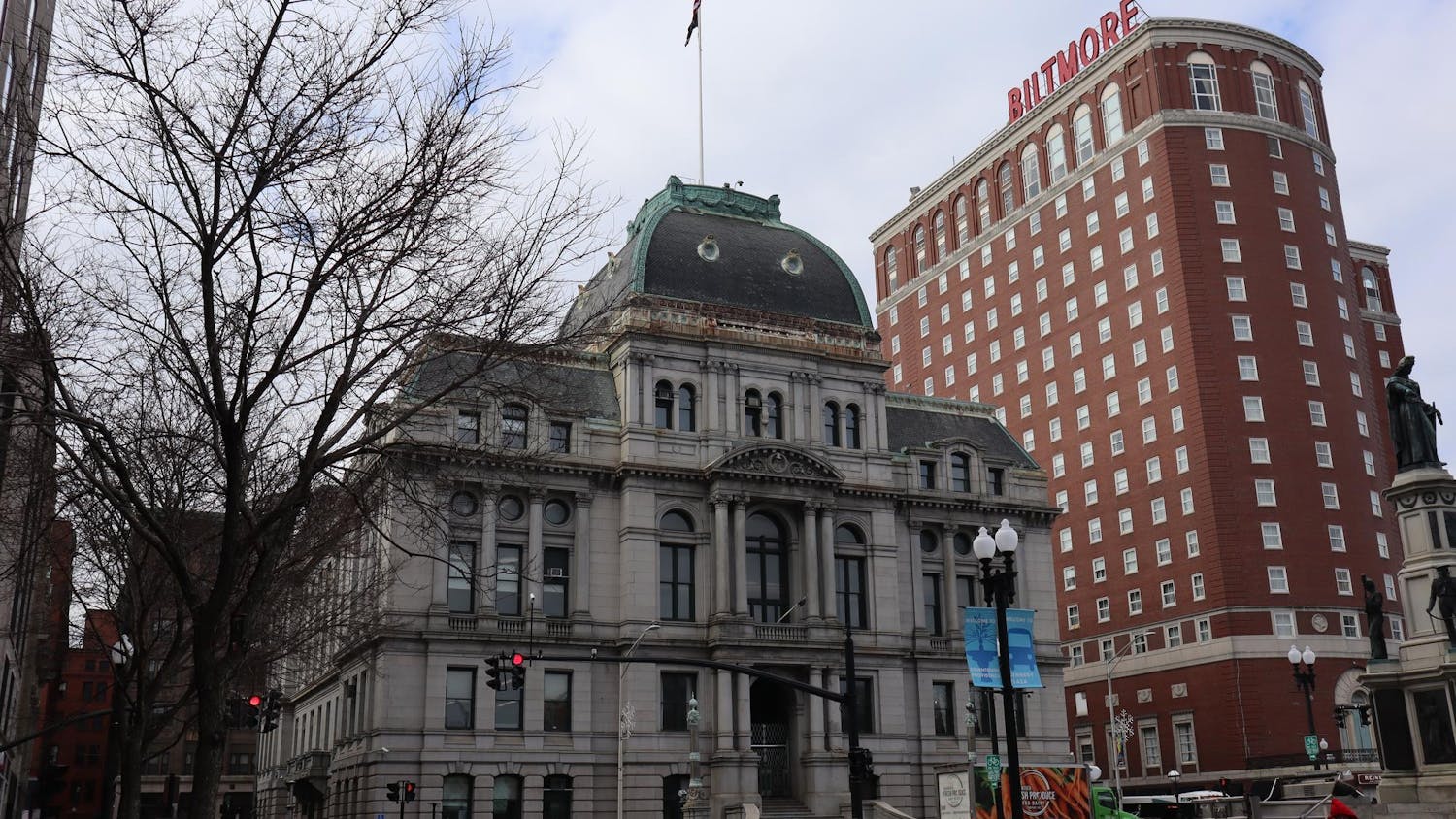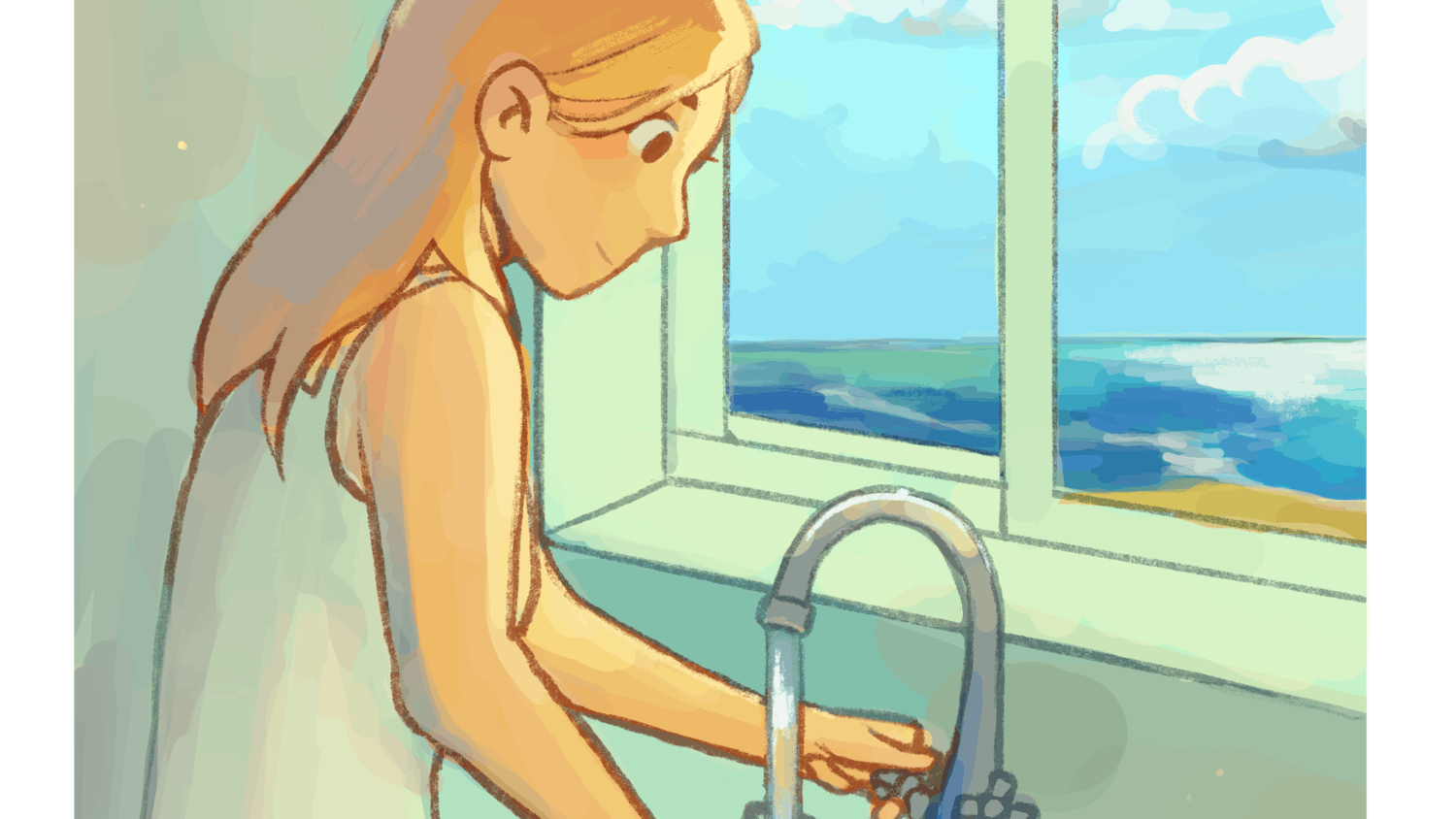In 2005, the Rhode Island Department of Education took control of an underperforming high school and divided it into three separate "learning communities." Now Hope High's three communities have become two, leaving students to adapt to a school that feels "different."
As of this year, Hope Leadership School no longer exists, and its students and faculty have been merged into Hope Arts School and Hope Information Technology School.
Under the previous "triune" structure, each school had its own administrative team and its own floor. The system — one of a number of changes mandated by a 2002 state intervention order — was widely credited with improvements in student performance at Hope. After the reorganization, reading scores nearly tripled, according to a February Providence Journal article.
When Leadership Principal Wayne Montague retired during the 2008-2009 school year, the remaining two principals — Scott Sutherland of Arts and Arthur Petrosinelli of IT — shared responsibility for Leadership. Together, the two principals came up with the idea to merge the schools, Christina O'Reilly, a spokesperson for the district, told The Herald when the change was announced in April.
O'Reilly added that the consolidation would primarily be at the "top level" of administration and would not affect the number of students or faculty at the school.
John Day, acting president of Hope's Parent-Teacher Organization, said "budget concerns" prompted the change. Running two schools rather than three requires "at least one less principal, one less vice principal," and potentially other personnel, he said.
Hope High School administrators and district spokespeople could not be reached for an interview.
"I've been in the school quite a bit, and I don't really see any changes," Day said. "From what I've heard, no courses were removed."
Instead, Leadership courses will be incorporated into the more content-driven curricula at Arts and IT, he said, adding that the Junior ROTC program, a major component of the Leadership school, would also continue and be open to all students.
Day, whose son is a senior at Hope Arts, said Leadership students from the class of 2010 will remain in their specific courses and will still receive Leadership diplomas, a decision announced Sept. 16.
"It was well-received by the kids," Day said. "They all cheered."
But Kenya Sanchez, a sophomore at Hope who attended Leadership last year, said Hope "feels weird" now. "There used to be a Leadership floor, now it's just a neutral floor ... What's the point of having two schools?"
Sanchez now attends Hope IT, where, she said, "everybody already has cliques. It feels like I'm a freshman again."
Sophomore Shanice Goncalves agreed, noting that the closure of Leadership has also required Hope to change its cafeteria schedule because students eat lunch with their particular school.
Overall, the beginning of the school year has been "confusing," she said. "I signed up for Leadership. I was already comfortable being part of the Leadership community."
Goncalves now attends Hope Arts but said most of her friends from Leadership had been switched into the IT community. "I don't see most of them anymore," she said.
Sophomore Vanessa Castro has attended Hope Arts for the last two years but said her social circle, too, has been affected by the closure. "I had a lot of friends in Leadership," she said. "A lot of them switched schools," transferring to Mount Pleasant High School.
Sanchez remains ambivalent. "When I was in middle school ... I was all, ‘Yeah! Leadership!' Now it's like, ‘...yeah, IT?' ... But it doesn't bother me. I'm still at Hope."




